Introduction
The art of baking fluffy, soft buns lies in a delicate balance of ingredients and techniques. Among these, the choice of flour plays a pivotal role. Flour, being the foundational element in most baked goods, determines the texture, structure, and overall appeal of the final product. When it comes to making buns, understanding the protein content of the flour, often referred to as its “gluten strength,” is crucial. This article delves into the intricacies of flour selection, explaining why certain types are better suited for achieving the desired softness and fluffiness in buns.
Understanding Flour Protein and Gluten Formation
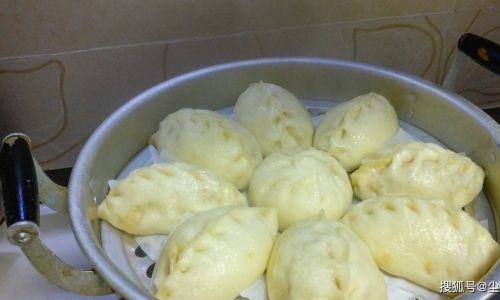
Flour is milled from grains, primarily wheat, and its protein content varies depending on the variety of wheat and the milling process. The two main proteins in wheat flour are gliadin and glutenin. When water is added to flour, these proteins combine to form gluten, a stretchy, elastic substance that gives dough its structure and strength.
Gluten strength is categorized into three main types: low, medium, and high.
-
Low-Protein Flour (Weak Gluten): This type of flour contains approximately 8-9.5% protein. It is often labeled as cake flour or pastry flour. Due to its weak gluten network, dough made with low-protein flour is tender and crumbly, making it ideal for pastries, cakes, and cookies where a delicate, tender crumb is desired.
-
Medium-Protein Flour (Moderate Gluten): Falling between 9.5-11.5% protein, this category includes all-purpose flour, which is versatile and suitable for a wide range of baking needs. It provides enough gluten to hold the dough together without being overly tough, making it a good choice for breads, rolls, and some types of buns.
-
High-Protein Flour (Strong Gluten): With a protein content of 11.5% or higher, high-protein flours such as bread flour and strong flour are essential for yeast-leavened breads that require a robust gluten structure to support the dough during fermentation and oven spring. These flours produce dough that is elastic and stretchy, capable of holding gas bubbles created by yeast, resulting in a well-risen, chewy loaf.
Why Flour Protein Matters for Buns
When making buns, the goal is often to achieve a soft, tender interior with a slightly chewy but not overly dense texture. The right balance of gluten strength is crucial to accomplish this.
-
Too Much Gluten: Using high-protein flour for buns can lead to an overly chewy, dense texture. The strong gluten network traps too much gas during fermentation, causing the buns to rise excessively and then collapse under their own weight during baking. This can result in a tough, dense crumb and a dry mouthfeel.
-
Too Little Gluten: Conversely, low-protein flour will produce a dough that is too weak to hold its shape during proofing and baking. The resulting buns may be flat, lack structure, and have a crumbly, crumbly texture. They may also spread out too much during baking, losing their round shape.
Finding the Perfect Balance: Medium-Protein Flour for Fluffy Buns
Given these considerations, medium-protein flour, particularly all-purpose flour, is generally the best choice for making fluffy buns. It offers a happy medium between strength and tenderness, allowing for adequate gluten development without becoming overly chewy.
However, it’s worth noting that not all all-purpose flours are created equal. Some brands may have slightly higher or lower protein contents due to variations in wheat varieties and milling practices. Therefore, it’s essential to experiment with different brands to find one that best suits your recipe and baking style.
Additional Factors Influencing Bun Softness
While flour protein content is a significant factor, it is not the only determinant of bun softness. Several other variables play crucial roles:
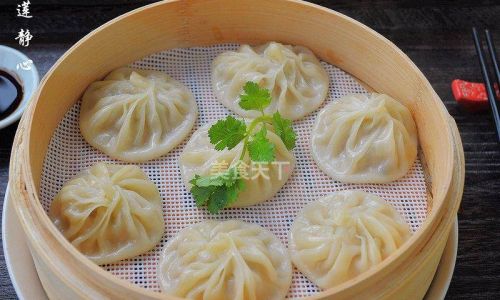
-
Hydration Level: The amount of water in the dough directly affects gluten formation and dough texture. A higher hydration level (more water) tends to produce softer, more extensible dough, while a lower hydration level results in a firmer dough. Finding the optimal hydration level for your flour and recipe is key to achieving the desired softness.
-
Fermentation Time and Temperature: Proper fermentation not only enhances flavor but also contributes to the texture of the final product. A longer, slower fermentation at a cooler temperature allows the yeast to produce more carbon dioxide, which helps to soften the gluten structure. This results in more tender, fluffy buns.
-
Ingredients and Additives: The inclusion of certain ingredients, such as milk powder, sugar, and fats, can also influence bun softness. Milk powder adds richness and tenderness, while sugar and fats tenderize the gluten and contribute to a moist crumb. Emulsifiers and enzymes can also be used to improve dough handling and final product softness.
-
Baking Technique: The baking temperature and time are critical. Baking at a moderate temperature ensures even cooking and helps to set the structure of the bun without overdrying it. Overbaking can lead to a dry, tough texture, while underbaking can result in a gummy crumb.
Recipes and Techniques for Fluffy Buns
Here are a few tips and recipes to help you achieve fluffy, soft buns using medium-protein flour:
-
Milk Bread Buns: Milk bread is known for its soft, tender texture. Use all-purpose flour, a moderate hydration level (around 60-65% hydration), and include milk powder and a small amount of sugar in the dough. Allow for a long, slow fermentation in a warm, humid environment to develop flavor and soften the gluten.
-
Tangzhong Method: This Japanese technique involves cooking a portion of the flour and water mixture to form a roux, which is then added to the dough. It enhances the moisture retention of the baked goods, resulting in exceptionally soft and fluffy buns.
-
Steam Baking: Steaming the buns during the initial stages of baking helps to keep them moist and tender. This is particularly effective for Chinese-style steamed buns (mantou) and Japanese milk bread.
Conclusion
In summary, achieving fluffy, soft buns requires careful selection of flour with the appropriate protein content, along with attention to hydration, fermentation, ingredient choice, and baking technique. Medium-protein flour, such as all-purpose flour, offers a balanced gluten strength that is well-suited for this purpose. By understanding and manipulating these variables, bakers can create buns that are not only visually appealing but also delightfully soft and tender on the palate.
Remember, baking is an art that thrives on experimentation and patience. Don’t be afraid to tweak recipes and try different brands of flour until you find the perfect combination that yields the fluffy buns of your dreams. Happy baking!
This article has provided a comprehensive guide to understanding the role of flour protein content in achieving fluffy buns. By delving into the intricacies of gluten formation, hydration, fermentation, ingredient choice, and baking techniques, we’ve illuminated the path to creating soft, tender buns that are sure to delight any palate. With a bit of practice and experimentation, you’ll soon be a master of the fluffy bun art!
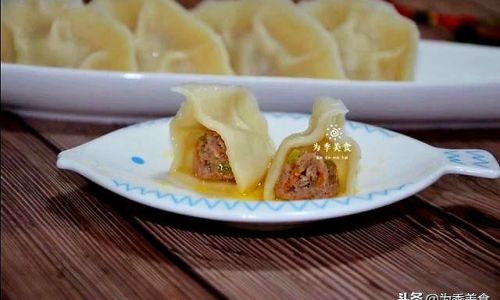
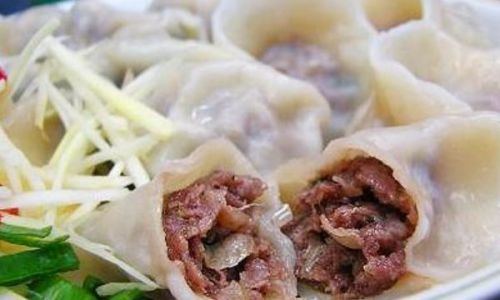

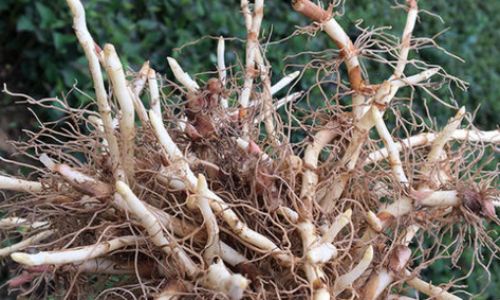
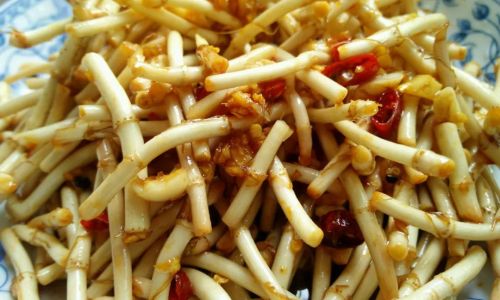

0 comments